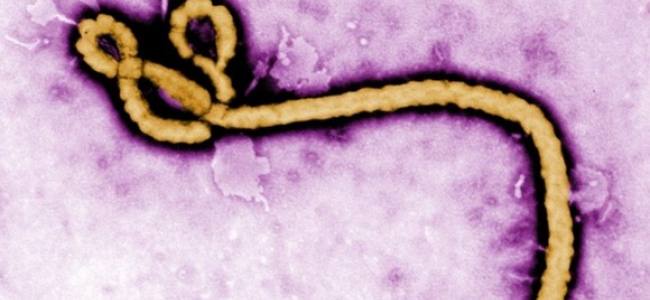
Ebola vaccine is near to come
Ebola is an extremely serious and often fatal viral infection thst can cause internal bleeding and organ failure.
It can be spread via contaminated body fluids such as blood and vomit.
Researchers tested vaccines based on chimpanzee viruses, which were genetically modified to not be infectious and to produce proteins normally found in Ebola viruses. As with all vaccines, the aim is to teach the immune system to recognise and attack the Ebola virus if it comes into contact with it again. They found that a single injection of one form of the vaccine protected macaques (a common type of monkey) against what would usually be a lethal dose of Ebola five weeks later. If they combined this with a second booster injection eight weeks later, then the protection lasted for at least 10 months. The quest for a vaccine is a matter of urgency, due to the current outbreak of Ebola in West Africa. Now that these tests have shown promising results, human trials have started in the US. Given the ongoing threat of Ebola, this type of vaccine research is important in finding a way to protect against infection.
Where did the story come from?
The study was carried out by researchers from the National Institutes of Health (NIH) in the US, and other research centres and biotechnology companies in the US, Italy and Switzerland. Some of the authors declared that they claimed intellectual property on gene-based vaccines for the Ebola virus. Some of them were named inventors on patents or patent applications for either chimpanzee adenovirus or filovirus vaccines. The study was funded by the NIH and was published in the peer-reviewed journal Nature Medicine. The study was reported accurately by the UK media.
What kind of research was this?
This was animal research that aimed to test whether a new vaccine against the Ebola virus could produce a long-lasting immune response in non-human primates. The researchers were testing a vaccine based on a chimpanzee virus from the family of viruses that causes the common cold in humans, called adenovirus. The researchers were using the chimpanzee virus rather than the human one, as the chimpanzee virus is not recognised and attacked by the human immune system. The virus is essentially a way to get the vaccine into the cells, and is genetically engineered to not be able to reproduce itself, and therefore not spread from person to person or through the body. Other studies have tested chimp virus-based vaccines for other conditions in mice, other primates and humans. In order to make a vaccine, the virus is genetically engineered to produce certain Ebola virus proteins. The idea is that exposing the body to the virus-based vaccine “teaches” the immune system to recognise, remember and attack these proteins. Later, when the body comes into contact with the Ebola virus, it can then rapidly produce an immune response to it.
This type of research in primates is the last stage before the vaccine is tested in humans. Primates are used in these trials due to their biological similarities to humans. This high level of similarity means that there is less chance of humans reacting differently.
What did the research involve? Read more on NHS news alert


